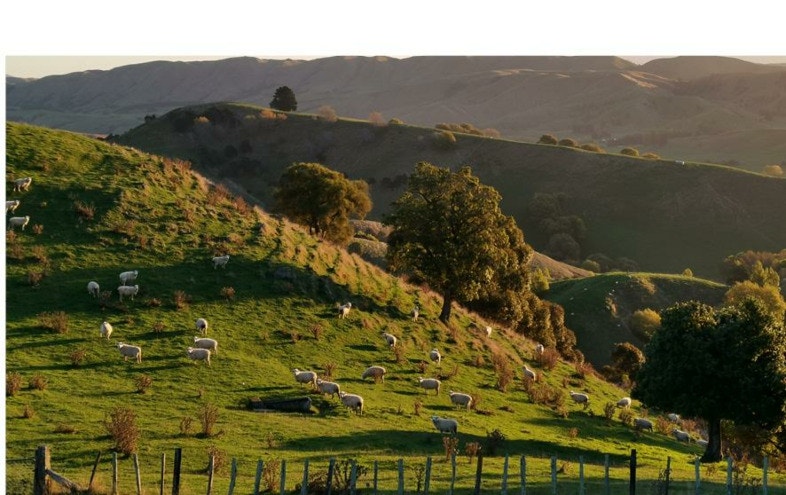
Choosing the right pre-lamb parasite treatment for your ewes
In New Zealand, we are fortunate to have a number of options available to treat ewes pre-lamb. To keep these options open, we need to consider carefully how to use them on our sheep going forward.
Drench resistance is present to some degree on the majority of farms. When the parasites become resistant to the drench actives found in products used, this limits their effectiveness. It also speeds up the reduction in future-use options.
So, what should we be doing pre-lamb? All ewes should receive a clostridial 5-in-1 vaccination before lambing. This protects her while she delivers her lambs, and boosts the antibodies in her colostrum which will be passed on to the lambs to give them temporary immunity to these diseases.
It is recommended to vaccinate ewes three to four weeks pre-lamb. Any closer to lambing increases stress on the ewe and the risk of metabolic issues. It also reduces the time for antibodies to reach maximal effect in the colostrum.
Lambs should be vaccinated at tailing, with a booster four to six weeks later, generally at weaning. A recent study in the Wairarapa found 13 percent of lambs did not receive adequate colostrum, irrespective of litter size, demonstrating it may not be suitable to rely just on the ewe’s immunity to keep lambs protected through to weaning.¹
For the past 20-plus years, it has been convenient to treat all or most ewes with a drench pre-lamb. Treating all ewes for parasites irrespective of need, is a high-risk activity for increasing drench resistance. Drenches now need to be used strategically. A better approach is to target treat ewes that need a drench treatment, such as light ewes carrying twins on less than 1,400 kilograms of dry matter per hectare.
Which treatment they receive is determined by how much worm protection is required. Light ewes with a body condition score of two, or those on low grass covers, would benefit more from a longer-acting product than ewes that are not as stressed. Stressed ewes might receive their 5-in-1 with Cydectin® Long Acting Injection for Sheep which provides 112 days Teladorsagia circumcincta protection, while ewes either in better condition or on marginally better feed, may receive Eweguard®. This is a combination vaccine and medium-acting drench offering 35 days protection from Teladorsagia circumcincta. For added protection, ensure undrenched ewes are also in the mob or graze those paddocks.
Contact your local PGG Wrightson Technical Field Representative for advice on which treatment is most suitable for your ewes pre-lamb.
¹ Sutherland, S. (2019). Colostrum intake by lambs on four commercial farms in the Wairarapa. Proceedings of New Zealand Veterinary Association, Sheep and Beef Society Conference.
Registered pursuant to the ACVM Act 1997, Cydectin® Long Acting Injection for Sheep #A009926 and Eweguard® #A007302. Always read the registered label before use.


